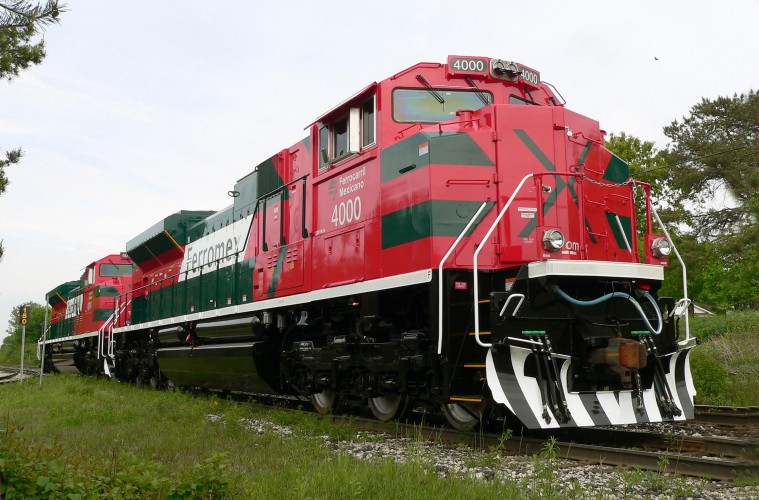Ferromex will invest 400 million pesos to improve the infrastructure of the Port of Manzanillo
Colima
By Elenne Castro

Ferromex has the objective of investing up to 400 million pesos to improve its infrastructure and increase its rail operations in the Port of Manzanillo.
The foregoing is due to the saturation of containers in this seaport, so the capital injection will be able to cover the need for the large movement of merchandise, therefore the purpose is to double the railway participation from 20 to 45 percent.
According to the Ministry of Communications and Transportation, in 2020, the Port of Manzanillo received 2.9 million containers, of the 6.4 million that passed through. For this reason, the National Port System affirmed that Manzanillo is the main port in the movement of containerized cargo in Mexico, since it concentrates 45% of the total TEU's (unit of measure equivalent to 20-foot containers).
Héctor Ayala, manager of intermodal transport at Grupo México Transportes, stated that this investment would increase to two daily train departures that will speed up the movement of imported containers, mainly from Asia.
It should be noted that capital would also be used to reinforce operating strategies, as well as increase capacity in terms of vehicles and workforce, in addition to modifying the infrastructure near the Port.
Likewise, the first short-term solution established by Ferromex was the incorporation of a second daily train from Manzanillo to the Valley of Mexico, Monterrey, and Guadalajara, with which the capacity went from transporting 264 containers to 568 daily. With this new investment, it will increase to 1,068 containers with the inclusion of a third and fourth train in the long term.
The cargo moved by Ferromex from the Port of Manzanillo is mainly consumer goods for department stores and self-service customers.


